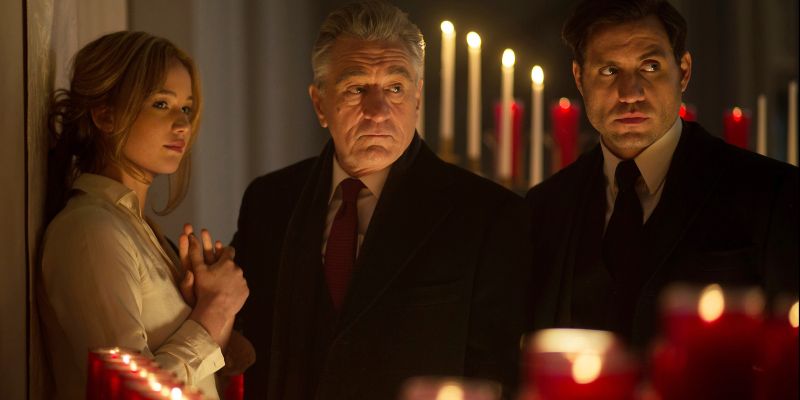women

There has been a historical frequency in film for older men to be depicted in romantic relationships with younger, sometimes much younger, women. This article seeks to examine whether this propensity for older men to be paired with younger women on-screen can reveal something of mainstream cinema’s and, by extension, western culture’s attitudes towards older women, sex and romance. Might more contemporary examples featuring fresh approaches to the age gap be leading us down a new path, featuring a wider range of romantic perspectives?
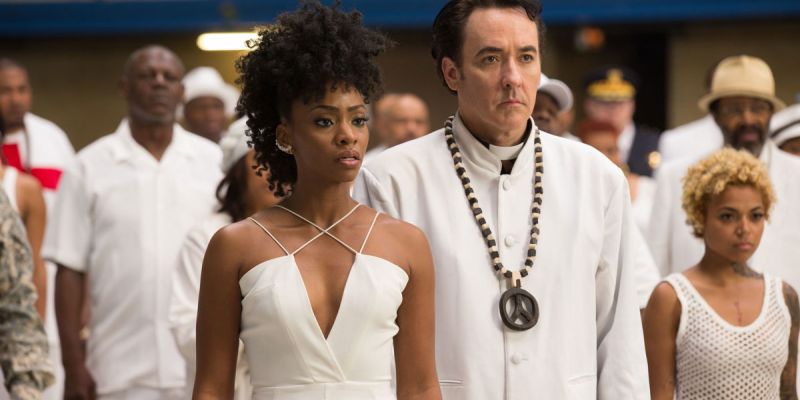
The outcry against this year’s vanilla list of contenders for the 2016 Academy Awards is reverberating across the country with Spike Lee and Will and Jada Pinkett Smith boycotting Hollywood’s most prestigious fete of the year. Even Mark Ruffalo, nominated for Spotlight, considered joining the boycott before ultimately opting to attend the award ceremony. The Academy of Motion Picture Arts and Sciences made an announcement on Friday regarding new diversity initiatives, but I would hardly say that they’re ‘leading’ the industry by placing some restrictions on lifetime voting and finally attempting some diversity recruiting.
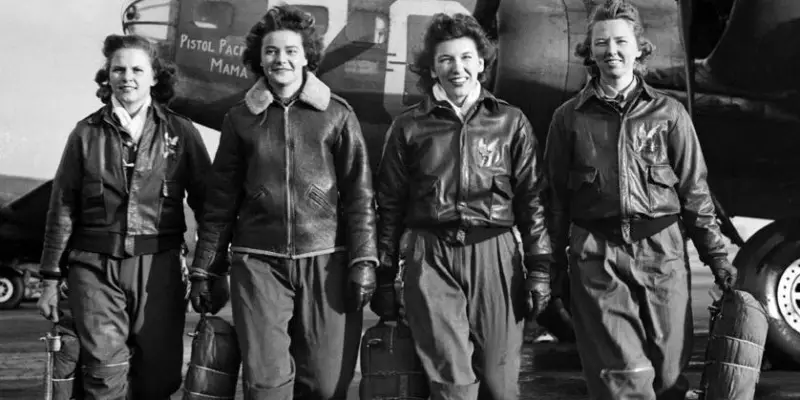
Fly Girls is a potential mini-series about an important piece of WWII history, the largely forgotten women pilots. Some people might find it hard to believe, but there were women pilots on active service during the war. However, unlike their male counterparts they were restricted to the transportation of planes, and did not engage in air to air combat.
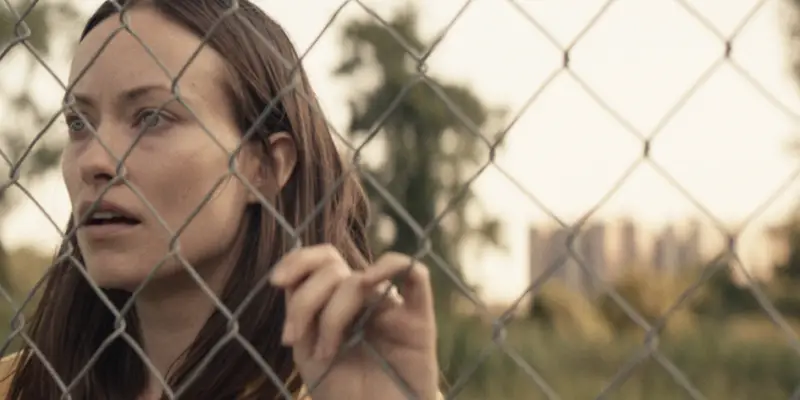
Films deal with universal emotions such as love, hate, or sadness. Some deal specifically with grief, whether it be a lover moving on, a friendship ending, or the loss of a parent. Two films in recent years, The Disappearance of Eleanor Rigby (2014) and Meadowland (2015), have dealt with the loss of a young child and the effect on the parents.

At one point in Good Morning Karachi, a fashion photographer is vocal about the contemporary image of Pakistani femininity and culture he believes his photos represent. He claims that his company is the “women’s revolution the country has been waiting for” and that a simple fashion photoshoot can portray a more forward-thinking society to international citizens who portray Pakistan as a bunch of “fundamentalists”. Yet the views about femininity presented by director Sabiha Sumar in Good Morning Karachi are as confused as those presented by a photographer who believes photos of supermodels represents a realistic feminist ideal and aspiration in society.
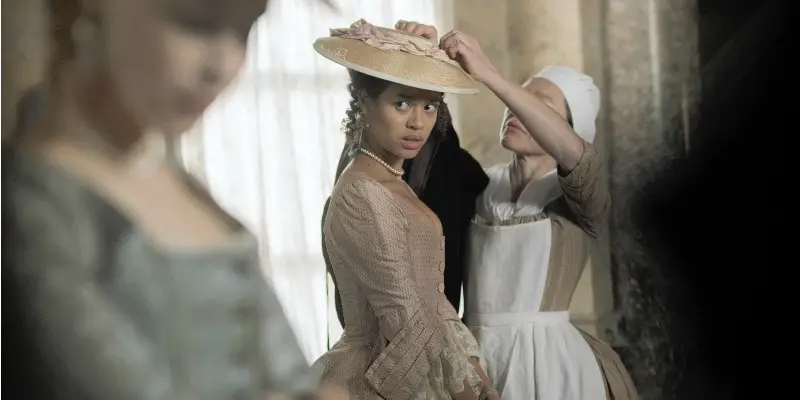
Last fall, Women in Film, a non-profit organization based in Los Angeles, launched a new advocacy campaign, 52 Films by Women. Although female directors make up a very low percentage of those directing top grossing films (6.8% in 2014) and only four have received Academy Award nominations for directing, there are many women creating films for us to watch and enjoy.
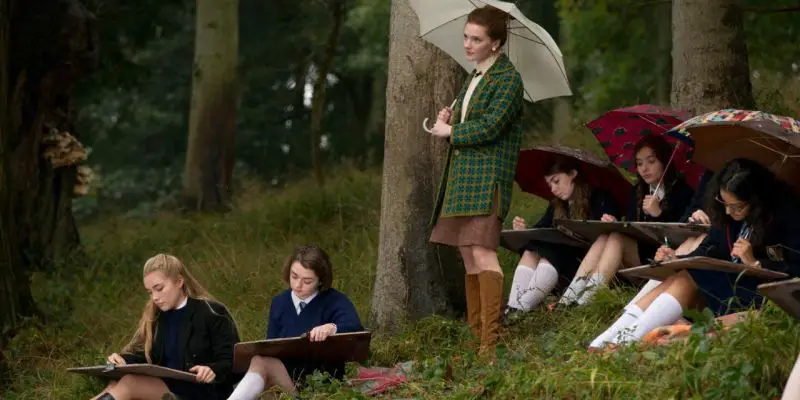
The Falling, the first drama feature by critically acclaimed director Carol Morley, went largely unnoticed on its general release. Despite collecting high praise from the critics, and starring Game of Thrones’ Maisie Williams in the lead role, The Falling was almost a blink-and-you-miss-it situation. This seems absolutely tragic, as I would have no reservations in rating it as my favourite film of 2015.
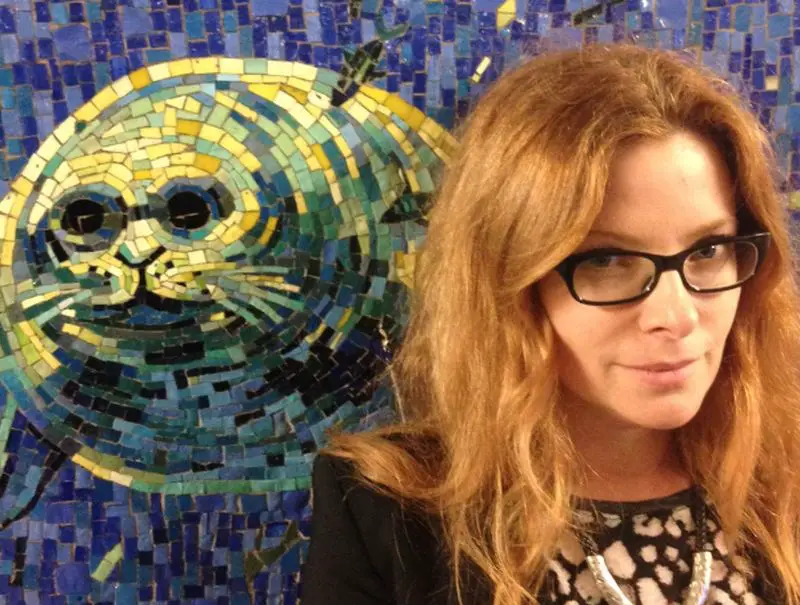
Cady McClain is an award-winning daytime TV actress, but she has another side: as a director. She has completed two short award-winning films, Flip Fantasia and World of Albert Fuh, and the comedy web series Suzy F*cking Homemaker, and is currently in production on a new documentary about women directors called Seeing Is Believing:
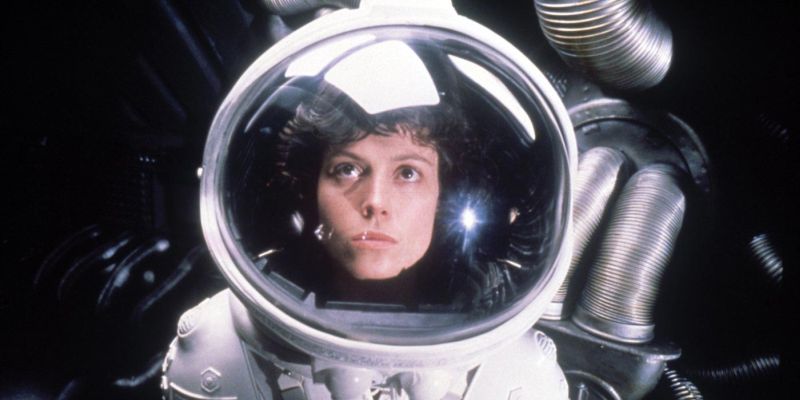
By its nature, sci-fi is a genre of revolution. The fantastical elements (time travel, dystopian future setting or parallel worlds) allow the genre a certain amount of artistic license. This generally results in society being represented as fairer, less discriminatory or strong themes of trying to make the world a better place.
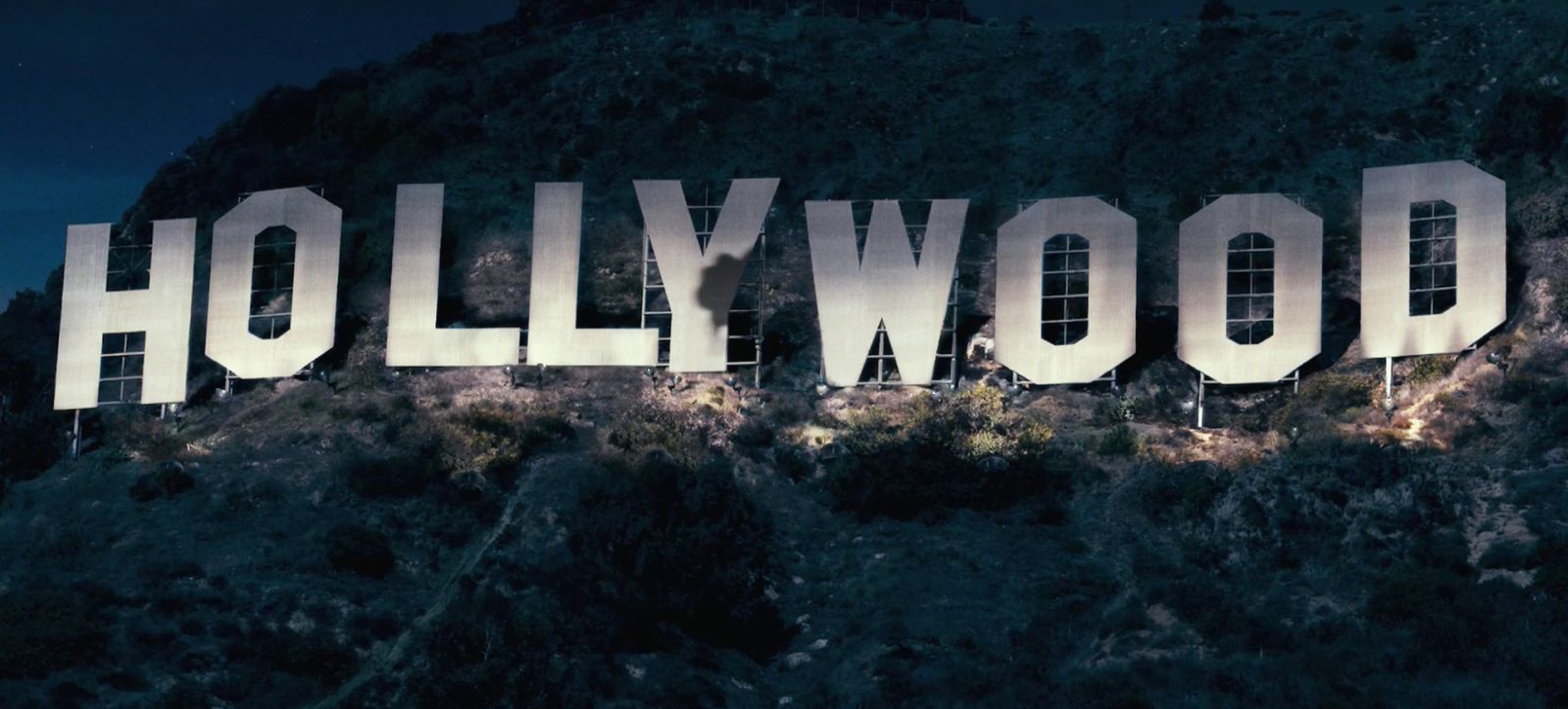
The revolution is here— We are in the midst of a global revolution for female empowerment and equality. This movement has been building for some years, and the new efforts for women directors have added great momentum to the cause. The campaign and ongoing support for women directors starting 2013 by the ACLU has now led to an industry-wide investigation.
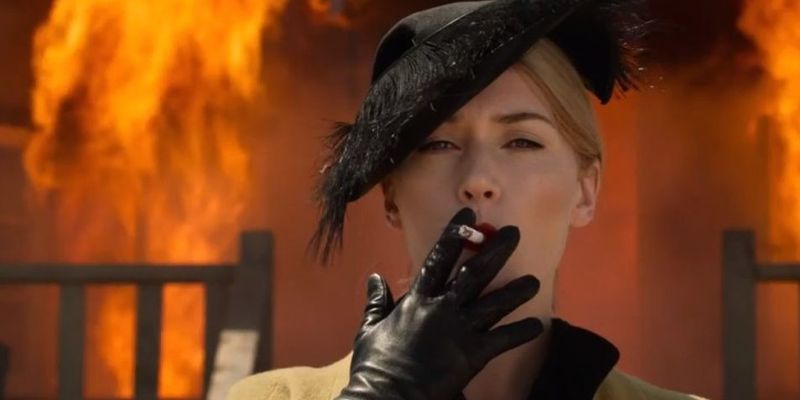
In The Dressmaker, set in 1950’s Australia, Tilly (Kate Winslet) returns to the small rural town she grew up in, to find closure and to take care of her ill mother, Molly (Judy Davis). When Tilly was ten years old, she was sent away after she supposedly killed a boy – although she cannot remember what happened. She spent twenty years travelling around the world, from Melbourne to London, from London to Italy and Spain, and eventually, Paris, France, where she studied at the great Parisian Couture Houses, and became an expert dressmaker.
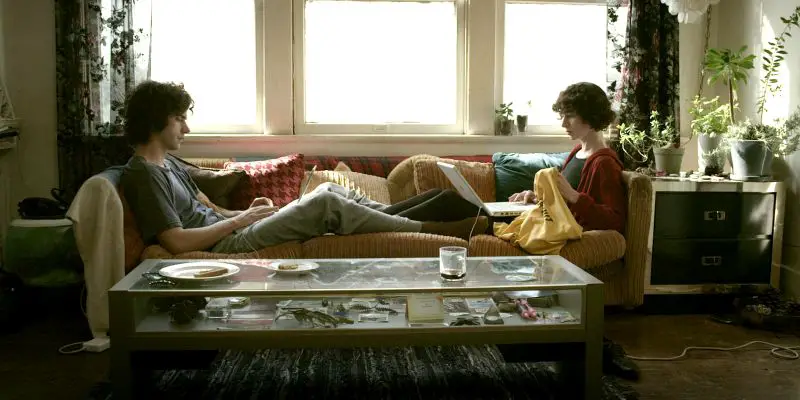
Over the course of history, Hollywood has given female filmmakers few chances to work on film projects. Fewer chances than their male cohorts, to be sure – no matter their experience or education. Male directors are hired invariably and without doubt, and they are featured and lauded in media frequently.
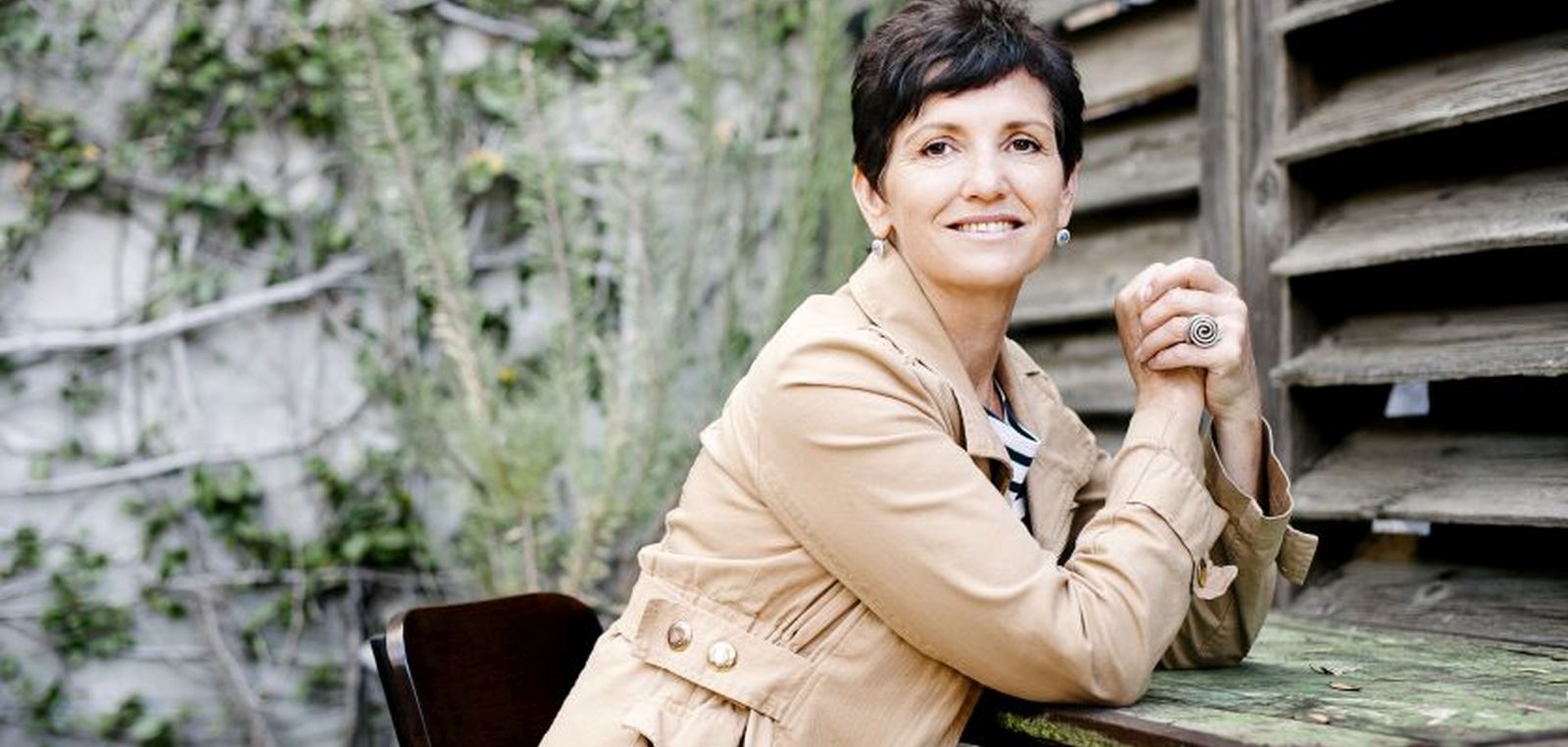
Today we would like to announce that Maria Giese and Film Inquiry are joining forces in championing women directors and promoting awareness about the systematic under-representation of women directors in Hollywood. Giese is a unique and important voice in the film industry today, and we are very excited to work with her. About Maria Giese Maria Giese, graduate of Wellesley College and UCLA’s Graduate School of Film & Television, is a writer/director.

Editor’s Letter Essay of week 41 Since Film Inquiry’s inception it’s been our goal to promote diversity in film. Admittedly, I always think of diversity in film in the broadest sense for Film Inquiry: include and promote women, minorities, the LGBT community – and international and independent film, too.


